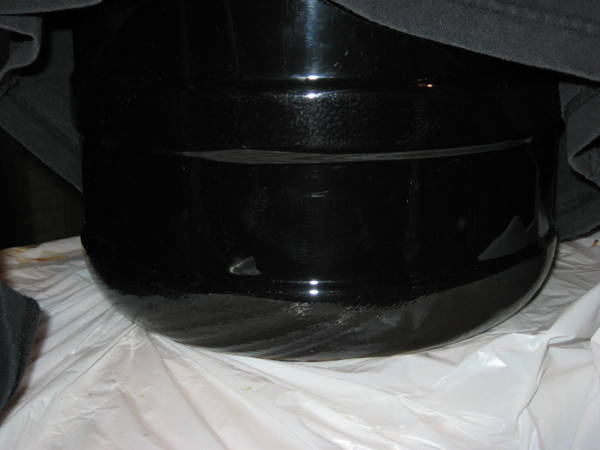HomieJeromie
Member
It's about beer u sicko.
So I was wondering if anyone knew if a coffee filter would be a good idea to use at any point in time to help filter out the junk in the brews. I use priming sugar to carbonate and obviously don't want to lose the presence of yeast when I bottle it. So 1, would a coffee filter strain out the yeast as well as the junk (and yes I am aware of possible contamination by doing this and poss believe a microwave steam sanitizing bag may solve that.)
so I was wondering if anyone had a suggestion for a cheap way to filter some of the loose junk that settles, and at what time.
So I was wondering if anyone knew if a coffee filter would be a good idea to use at any point in time to help filter out the junk in the brews. I use priming sugar to carbonate and obviously don't want to lose the presence of yeast when I bottle it. So 1, would a coffee filter strain out the yeast as well as the junk (and yes I am aware of possible contamination by doing this and poss believe a microwave steam sanitizing bag may solve that.)
so I was wondering if anyone had a suggestion for a cheap way to filter some of the loose junk that settles, and at what time.





